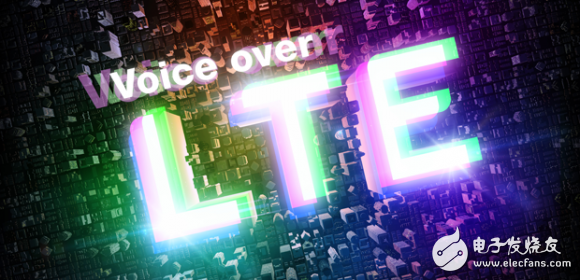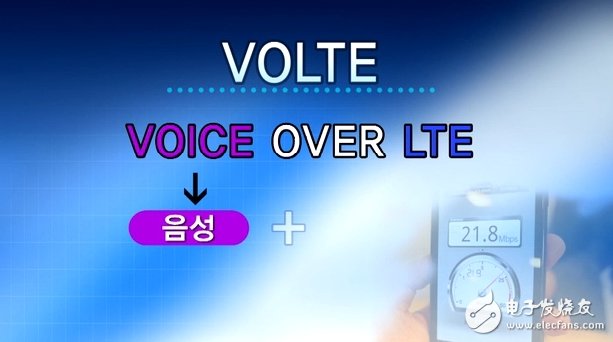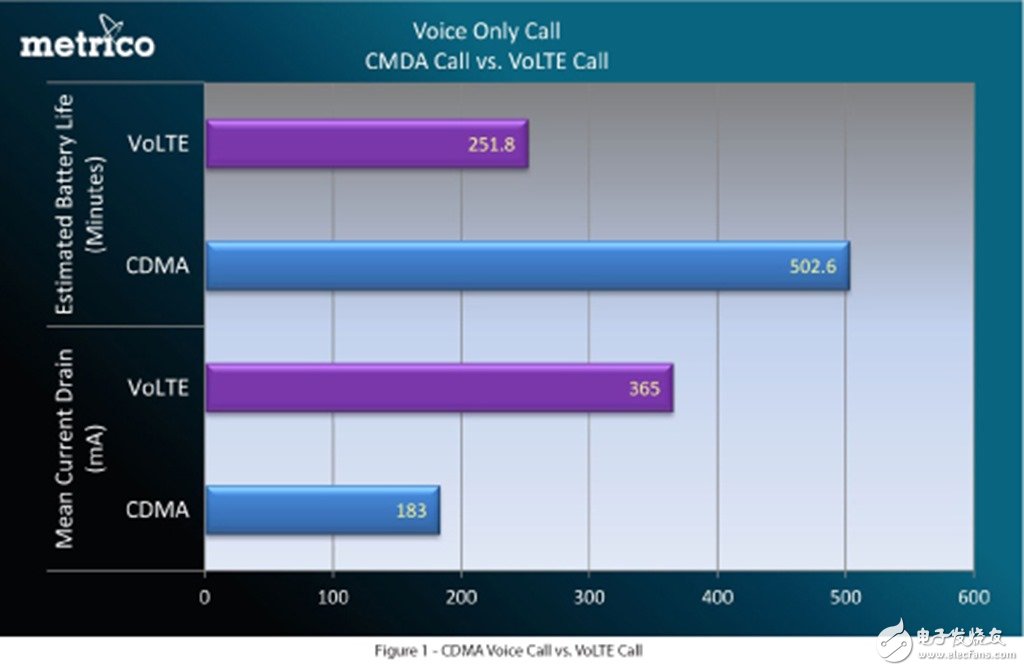Introduction : The 4G era has arrived, voice services continue to grow, and VoLTE is promising. So, what is VoLTE? How does VoLTE improve the high-quality video and audio call experience? When the industry praises VoLTE "good voice", who can pay for smartphone battery life?
As LTE gradually moves towards full coverage, the 4G era has arrived, voice services continue to grow, and mobile broadband voice applications have entered the mainstream. After moving from TDM to IP and from traditional switches to soft switches, mobile voice will move to mobile broadband voice in the future. In terms of network evolution, wireless is embodied in the development from GSM / CDMA / UMTS to LTE, and the core network is embodied in the development from CS (call session) to IMS (IP multimedia subsystem). In the past few years, there have been various viewpoints, technologies and evolution routes around LTE voice, and ultimately VoLTE based on IMS is king.
Only IMS can provide voice solutions with QoS guarantee based on LTE. It can be said that VoLTE based on IMS is an inevitable result of the development of wireless and core network technologies. In view of this, VoLTE has gradually established the mainstream position of the ultimate voice solution. The world's mainstream operators, equipment manufacturers, and terminal chip manufacturers have all included VoLTE in their development plans.
What is VoLTE?
VoLTE is Voice over LTE. It is an IP data transmission technology that does not require a 2G / 3G network. All services are carried on a 4G network, and data and voice services can be unified on the same network. In other words, the 4G network not only provides high-speed data services, but also provides high-quality audio and video calls. The latter requires VoLTE technology.

How does VoLTE improve the high-quality video and audio call experience?
There is no suspense in the advantages of video calling. After all, video calls have not been realized in the 2G and 3G eras, and according to the current situation, VoLTE technology under 4G may change this status quo. As to whether it can be as popular as voice calls in the future, it depends on the construction of 4G networks And the depth of coverage. Of course, as far as domestic demand is concerned, video calling is still a demand of a small range of users, and it will take time to accumulate in China.
In terms of high-quality voice, VoLTE is the key to providing high-quality voice basic services in the 4G era and the key to providing rich media services. Unlike making calls on 2G and 3G networks, VoLTE technology brings 4G users the most direct experience of shorter connection waiting time, and higher quality and more natural audio and video calls.
VoLTE adopts high-resolution encoding and decoding technology. Compared with 2G and 3G voice calls using the most traditional voice encoding method, its voice quality can be improved by about 40%. The most important thing is that VoLTE can bring users lower access delay (that is, the waiting time after dialing), which is about 2 seconds, which is 50% lower than that of 3G, and 6-7 in the 2G era. second. In addition, the drop rate of 2G and 3G networks occurs from time to time, but the drop rate of VoLTE is close to zero. The introduction of VoLTE high-definition codec technology can help 4G achieve end-to-end all-IP voice technology, which has obvious advantages such as good performance, simple solution and low cost and high efficiency.
VoLTE "although sounds good", but who pays for smartphone battery life?
For operators, deploying VoLTE means turning on mobile broadband. In the long run, this will bring value to operators in two ways. One is to increase the utilization rate of wireless spectrum and reduce network costs. Because for voice services, the spectrum utilization efficiency of LTE is far superior to the traditional system, reaching more than 4 times that of GSM. When VoLTE opens the path of mobile broadband voice evolution and highly enhances users' high-quality video and audio experience, what other bottlenecks does VoLTE technology encounter?

Operators hope that the widespread deployment of VoLTE to improve spectrum efficiency is well known, but the results of a recent test are not optimistic.
According to a test of LTE network and CDMA network test by a test institution, when the battery is fully charged, using the CDMA network, the call duration of the smartphone can reach 502.6 minutes; using the LTE network, the call duration of the smartphone is 251.8 minutes. In other words, VoLTE can reduce the life of smartphones by 50%. From the comparison chart, it can be clearly seen that the biggest difference between the voice applications of VoLTE and CDMA technology is the leakage current. For consumers, this is undoubtedly difficult to persuade them to accept the use of VoLTE. In view of this, how to obtain a high-quality user voice call experience while ensuring battery life can reach the level of 3G devices is a necessary topic for future research. 
Figure VoLTE impact on smartphone battery
In a sense, VoLTE high-definition audio and video can also bring users a better calling experience, and VoLTE technology has begun to move towards people's lives. When it comes to implementation, users are most concerned about the prerequisites for using VoLTE: a deployed 4G network, a 4G mobile phone that supports multimode, and how VoLTE affects smart phones. Overall, although VoLTE sings beautifully, who will pay for those "unspoken rules"?
——This article is selected from the “Special Focus†column of the “Audio and Video Technology Special Issue†of Electronic Audiophile Network in November. Please indicate the source when reprinting.
Plastic Housing Coffee Grinder
Hand Coffee Grinder,Conical Burr Coffee Grinder,Home Coffee Grinder,Plastic Housing Coffee Grinder,blade coffee mill,Automatic burr mill
FOSHAN FORTUNE ELECTRICAL APPLIANCE CO.,LTD , https://www.coffelady.com